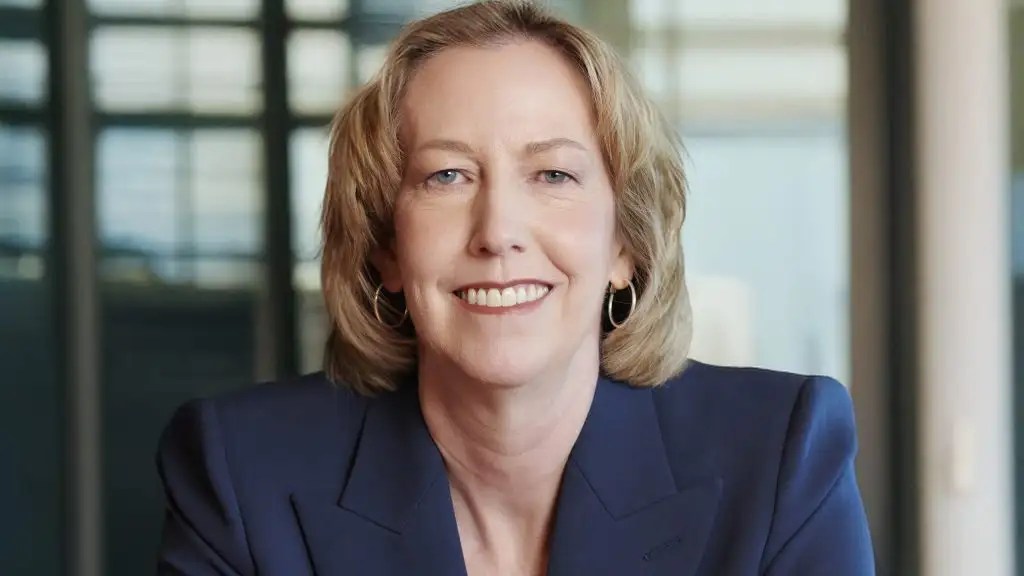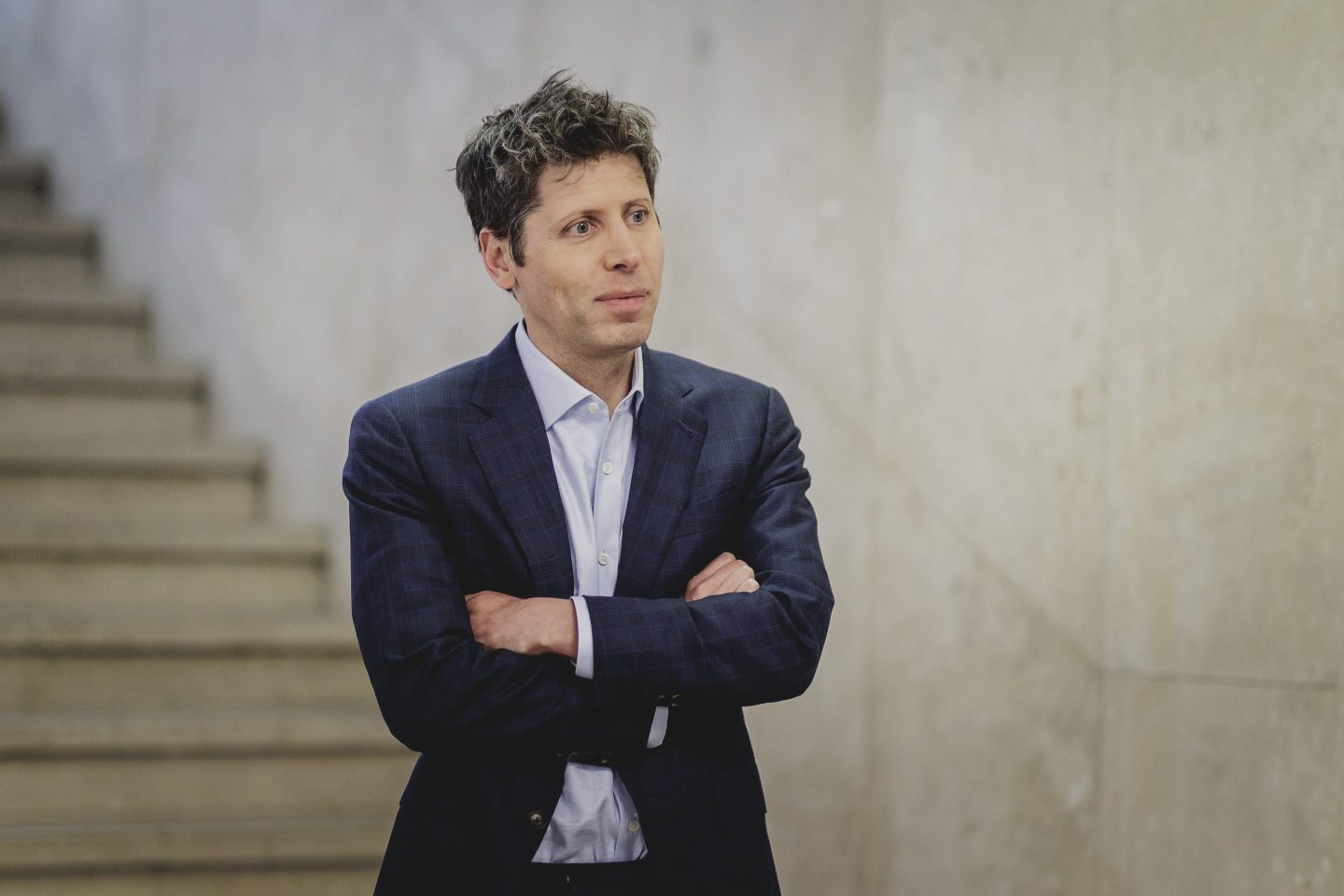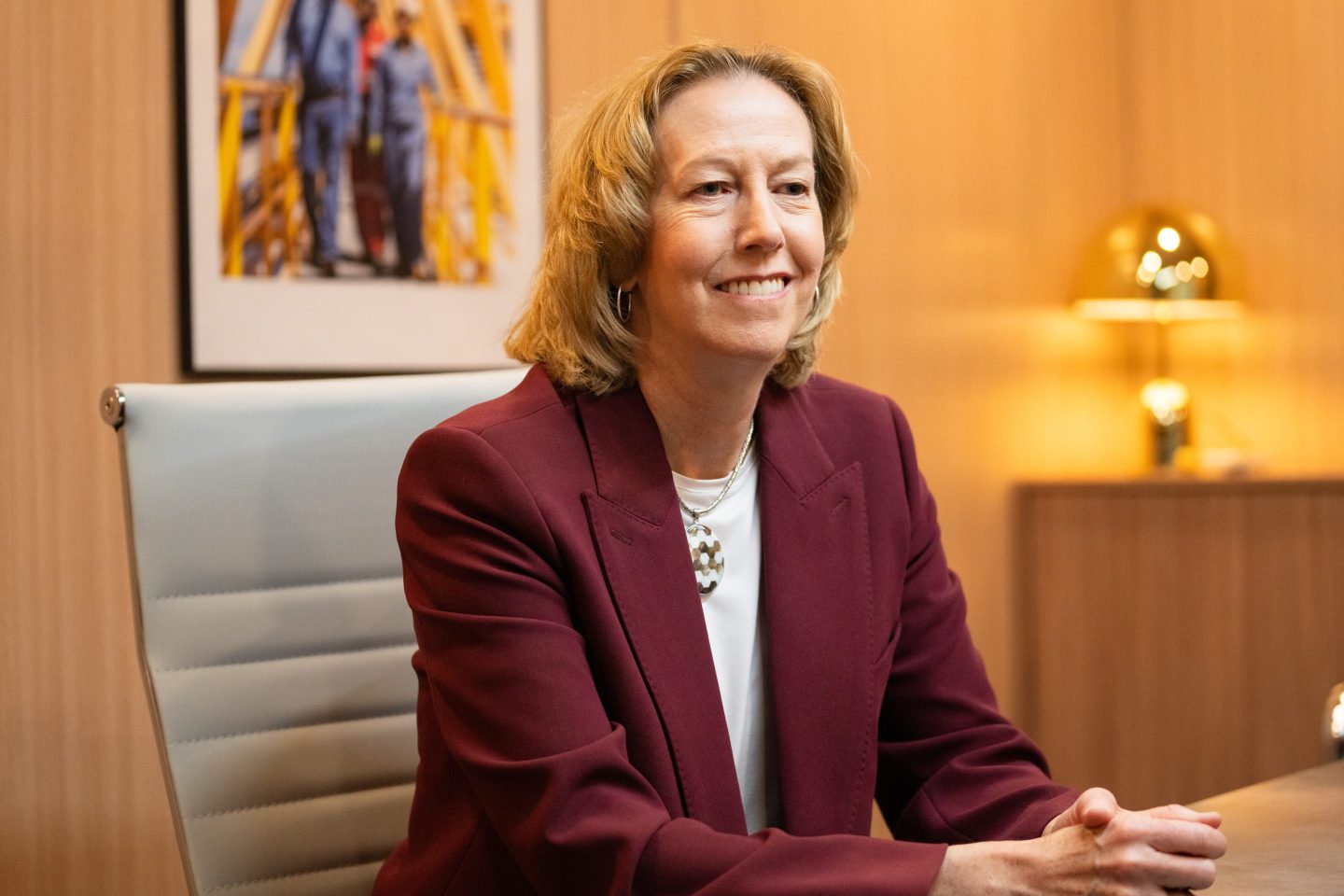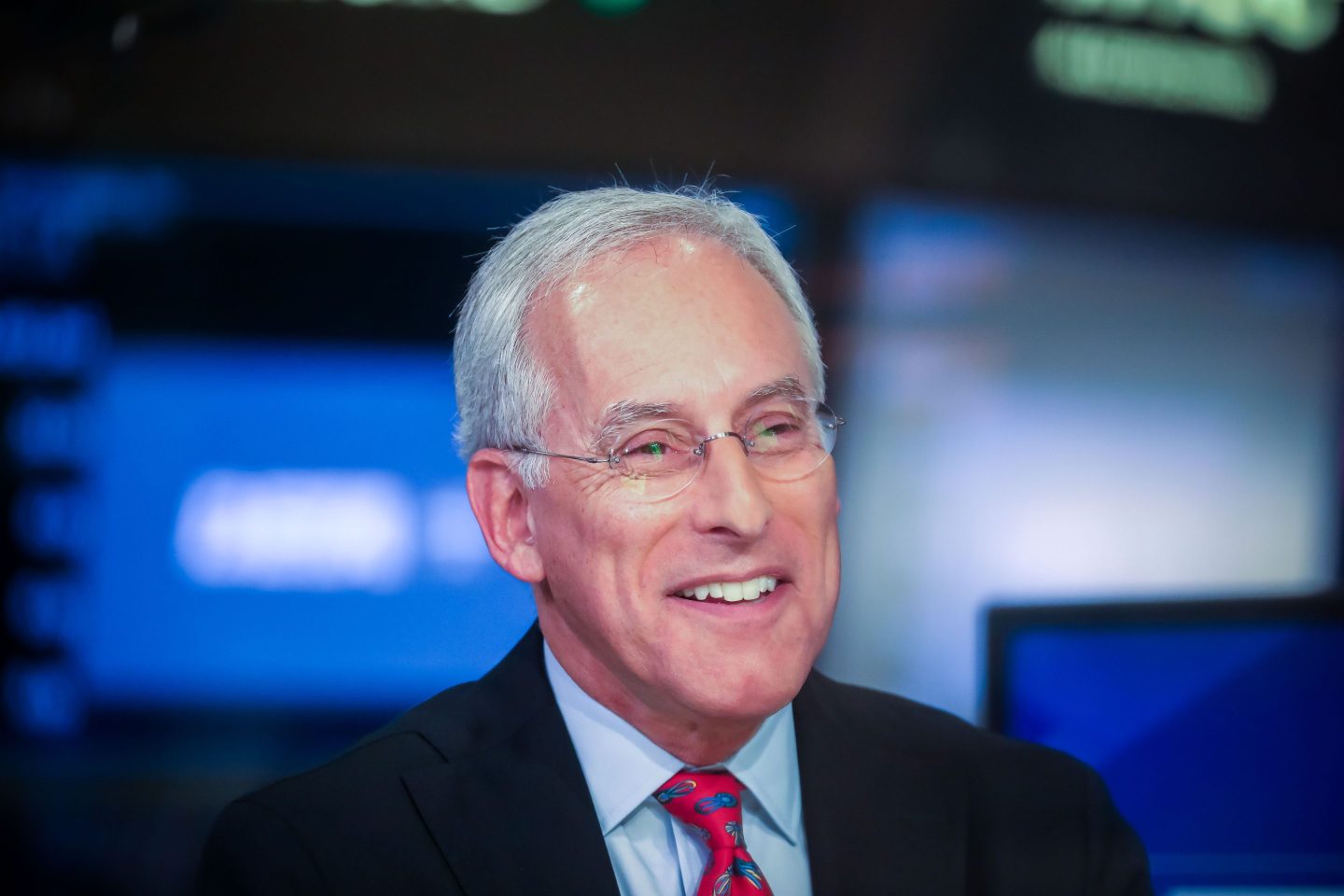Good morning, Broadsheet readers! Lyft is expanding a program that connects women and nonbinary drivers and passengers across the U.S., the Women’s National Soccer League is forking up cash for international talent, and the U.S. workforce remains deeply gendered. Have a wonderful Wednesday!
– Woman’s work. Each year, the U.S. Bureau of Labor Statistics (BLS) releases data on the occupational makeup by gender, race, and ethnicity of hundreds of jobs. And while it is not exactly breaking news that some professions skew heavily female or male, the degree to which some jobs are still gendered is striking.
Per the BLS’s data, women made up 47% of the U.S. workforce in 2023 but 99% of skincare specialists, 96.7% of preschool and kindergarten teachers, and 96.4% of legal secretaries. Meanwhile, 99% of construction equipment operators, 98.6% of pipe layers, and 98.4% of bus and truck mechanics are men.
Women are also overrepresented in child care, many counseling fields, and health care (aside from surgeons and dentists). Meanwhile, the shares of women in maintenance, construction, and certain tech jobs like software and web development remain disproportionately low.
The BLS data also includes the racial and ethnic composition of hundreds of professions. It shows some 96.2% of farmers, ranchers, and other agricultural managers are white, while 48.4% of postal service mail sorters and processors are Black and 41.1% of medical scientists are Asian. Compare that to the total workforce’s composition: It’s 76.5% white, 18.8% is Hispanic, 12.8% is Black, and 6.9% is Asian.
Reading through the BLS’s data, I was reminded of a recent report from the Pew Research Center, which found that women have been increasing their presence in many of the top-paying fields in the U.S. since the 1980s, now accounting for around 35% of the highest-paying roles. But as we know, change is slow, especially when it comes to gender parity. Women still make up the minority of almost all of the 10 highest-compensated occupations, including physicians, dentists, chief executives, accountants, lawyers, and pilots.
The only exception from the top 10? Pharmacists, with women making up 57.8% of the workforce, per the BLS. (There’s good reason for that: Harvard economist and recent Nobel Prize winner Claudia Goldin dubbed pharmacy “a most egalitarian profession” owing in part to its flexible work hours and other family-friendly policies.)
Among those top 10 careers, the share of women has grown substantially since the ‘80s for lawyers, physicians, and dentists. It’s engineering that still has the most notable lag (as well as airplane pilots and navigators, only an astounding 7% of whom are women). Gender discrimination, educational attainment, and childcare duties all play roles here, among other factors.
Of course, a pay (and respect) differential is one consequence of a deeply gendered workforce. There are others, including reports indicating women’s jobs are much more likely to be disrupted by generative AI.
Alicia Adamczyk
alicia.adamczyk@fortune.com
@AliciaAdamczyk
The Broadsheet is Fortune’s newsletter for and about the world’s most powerful women. Today’s edition was curated by Joseph Abrams. Subscribe here.
ALSO IN THE HEADLINES
- Safety lyft. Lyft is expanding a program designed to match women and non-binary drivers with passengers of the same identity to all American cities. The rideshare app says that the program is meant to make women feel safer when taking Lyfts; women make up only 23% of Lyft drivers. Forbes
- Pay to play. The National Women’s Soccer League is spending big to boost the league’s talent and rebuild the U.S. women’s team after a disappointing showing at last year’s Women’s World Cup. The league has recruited new coaches and more than 20 players from overseas with contracts well above previous salaries. Wall Street Journal
- Cash returns. Women in Sweden earned almost 50% more than men in returns from their domestic stock portfolios, according to data from Euroclear Sweden. The company says the difference is likely because women tend to shy away from risk and choose more established firms to invest in. Bloomberg
- Pairing up. Warner Bros. film studio signed a first look deal with LuckyChap, the production team behind movies like Barbie and Saltburn that Margot Robbie runs with two other industry figures. The Hollywood Reporter
- Mic check. Meghan, the Duchess of Sussex, is returning to the podcast game via a new deal with Lemonada Media, the podcast home of celebrities like Julia Louis-Dreyfus and Jeanette McCurdy. The deal will include the rerelease of the first season of Markle’s Archetype interview series later this year. Variety
ON MY RADAR
Models wanted: must be over 40 New York Times
She was born to be a supermodel. She wants to build a literary empire, too Wall Street Journal
How America Ferrera listens to a different kind of monologue these days Los Angeles Times
PARTING WORDS
"It’s strange, because every single morning I have to decide if I am a 15-year-old girl or an old lady near to death."
—Miuccia Prada, founder of Prada and Miu Miu, on her professional and creative appetite at age 74
This is the web version of The Broadsheet, a daily newsletter for and about the world’s most powerful women. Sign up to get it delivered free to your inbox.














